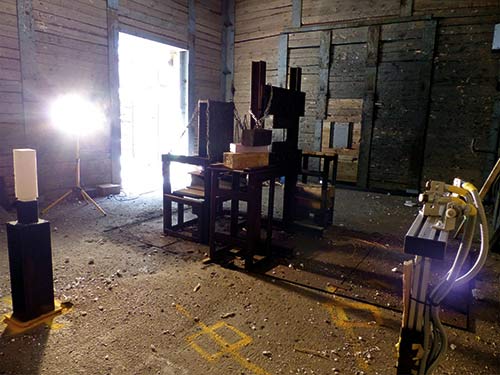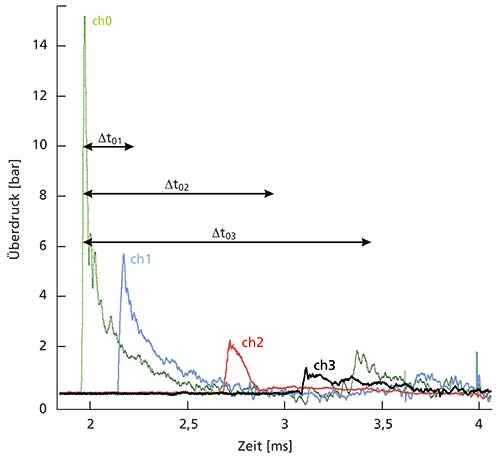Satellites and their corresponding ground stations count as critical infrastructure that needs to be protected because of their complexity and interconnection. Within the PROGRESS project (Protection and Resilience of Ground Based Infrastructures for European Space Systems), a European consortium deals with the security and resilience of satellite ground stations.
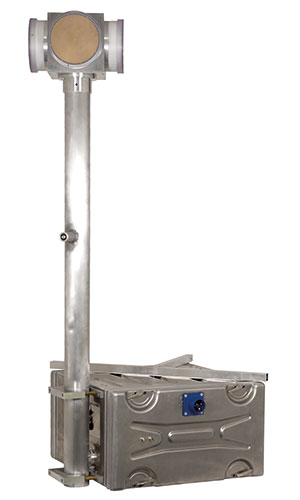
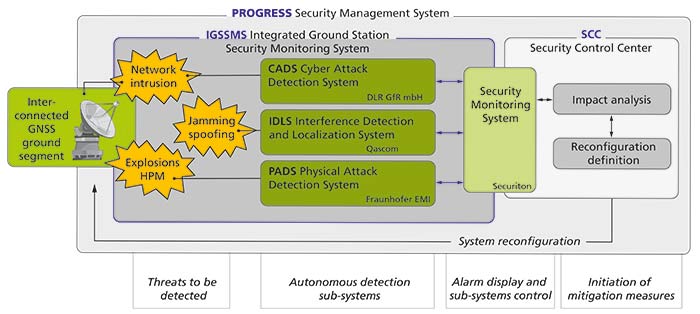
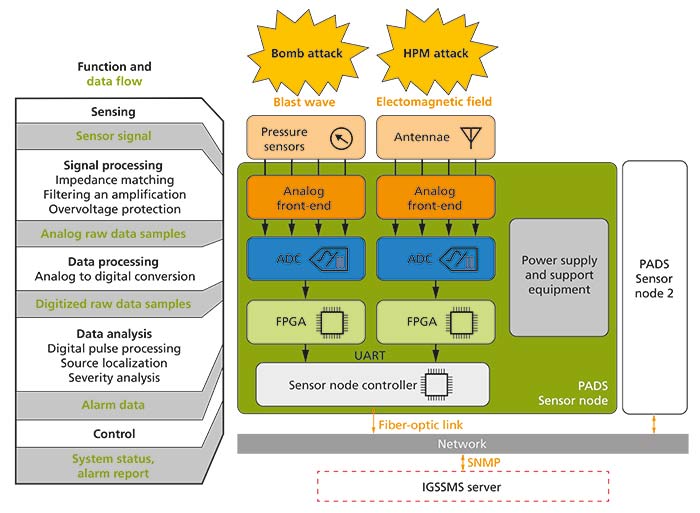
Space applications like satellite navigation have turned into an important functional part of our modern society. That is why satellites and their respective ground stations count as critical infrastructure. Physical or computer-based systems that are essential for the functioning of economic and political structures of a state are conceived of as critical infrastructure. Not exclusively, but very often, this includes transport, financial, communications, energy and logistics networks. As these systems become increasingly complex and interconnected, their need for protection grows as well, and risk assessment of such critical infrastructure becomes inevitable. Nevertheless, you can observe a tendency to neglect those hazards that come with a low probability of occurrence, despite their potentially significant consequences. This is especially the case with regard to threats by terroristic attacks.
Within the PROGRESS project (Protection and Resilience of Ground Based Infrastructures for European Space Systems), a European consortium deals with the security and resilience of ground stations of satellite systems. The project is funded by the European Commission within the FP7 framework programme and especially aims at the security of ground stations of global navigation satellite systems (GNSS) where, in the medium term, Europe will gain an important position with the Galileo system. As shown in Figure 2, the PROGRESS concept includes the development of an integrated ground station security monitoring system (IGSSMS) and a security control center (SCC) for the situation assessment and for the initiation of measures to reconfigure and restore the functionality of the overall system.
Fraunhofer EMI is in charge of the development of the IGSSMS detection system as central element of the PROGRESS system. It combines various monitoring systems for the detection of relevant terroristic threats: 1) physical attacks on ground stations by explosions and high-power microwaves, 2) disturbance of the radio transmission paths by jamming and spoofing (i.e., sending of interfering signals or manipulated radio signals) and 3) cyber attacks in the network of the ground station. The dedicated monitoring systems detect such attacks and forward alarm signals to the security control center in near real-time. A special feature of the monitoring systems is the localization of the attack. The direction or the location of the attack and the potential damage level are to be reported to the security control center in order to support the analysis of the consequences for the ground station and the analysis of potential countermeasures.
The first half of the project was dedicated to risk assessment and the definition of possible monitoring and protection measures. In 2015, de development and implementation of the detection systems followed. Fraunhofer EMI is responsible for the realization of the physical attack detection system (PADS) due to the special expertise of the institute. The sensor node, which is still under construction, is schematized in Figure 3. It captures the detonation waves of explosions by means of piezo-resistive absolute-pressure sensors and measurement amplifiers reaching of to 50 bars. Special spiral antennas serve as sensors for the detection of high-power microwave events. They are combined with an analog front-end consisting of attenuators, limiters and a logarithmic detector with large dynamic range and short rise-time. While the sensors and the analog signal processing are specially tailored to the physical measurement parameters that are to be detected, within the sensor nodes identical modules are used for high-speed digitizing (sampling rate of 100 megasamples per second) and data analysis. The latter is based on FPGA technology (field programmable gate array; reprogrammable integrated circuits), especially useful for handling real-time problems. For example, if a detonation happens, peaks are detected within the incoming data stream and characteristic parameters such as point of time, intensity, integral and pulse width are determined. These are passed on to a microcontroller which is integrated in the FPGA in form of the softcore written in hardware description languages (HDLs). The calculations for locating the attack also happen on the FPGA. For the detection of detonations, four pressure sensors are positioned at different places in different directions. By means of a method based on transit-time differences, the direction of the detonation source can be deduced. As approximation, a plane wave with constant propagation velocity within the senor region is assumed; this is why the sensors must not be positioned too far apart, but with enough distance to perceive transit-time differences. The localization algorithms and functionality of the whole section of measurements have been successfully tested in explosion tests in the Kandern branch of the institute, as shown in Figure 4. At the end of that year, also a successful proof of high-power microwave detection and localization could be conducted at CEA in Gramat, France. The measurement equipment and energy supply are integrated in the container which is robust towards explosions and shielded against electromagnetic interferences, as shown in Figure 1. The antennas are mounted in different orientations on a mast, the pressure sensors are positioned at different places of the container. A controller and an interference-resistant fiberglass connection to the network transfer the processed alarm information to the server of the control center. In the following year, when the sensor node will be finished, the complete IGSSMS detection system is to be integrated and shall be demonstrated with simulated attacks.
For further information, visit www.progress-satellite.eu
